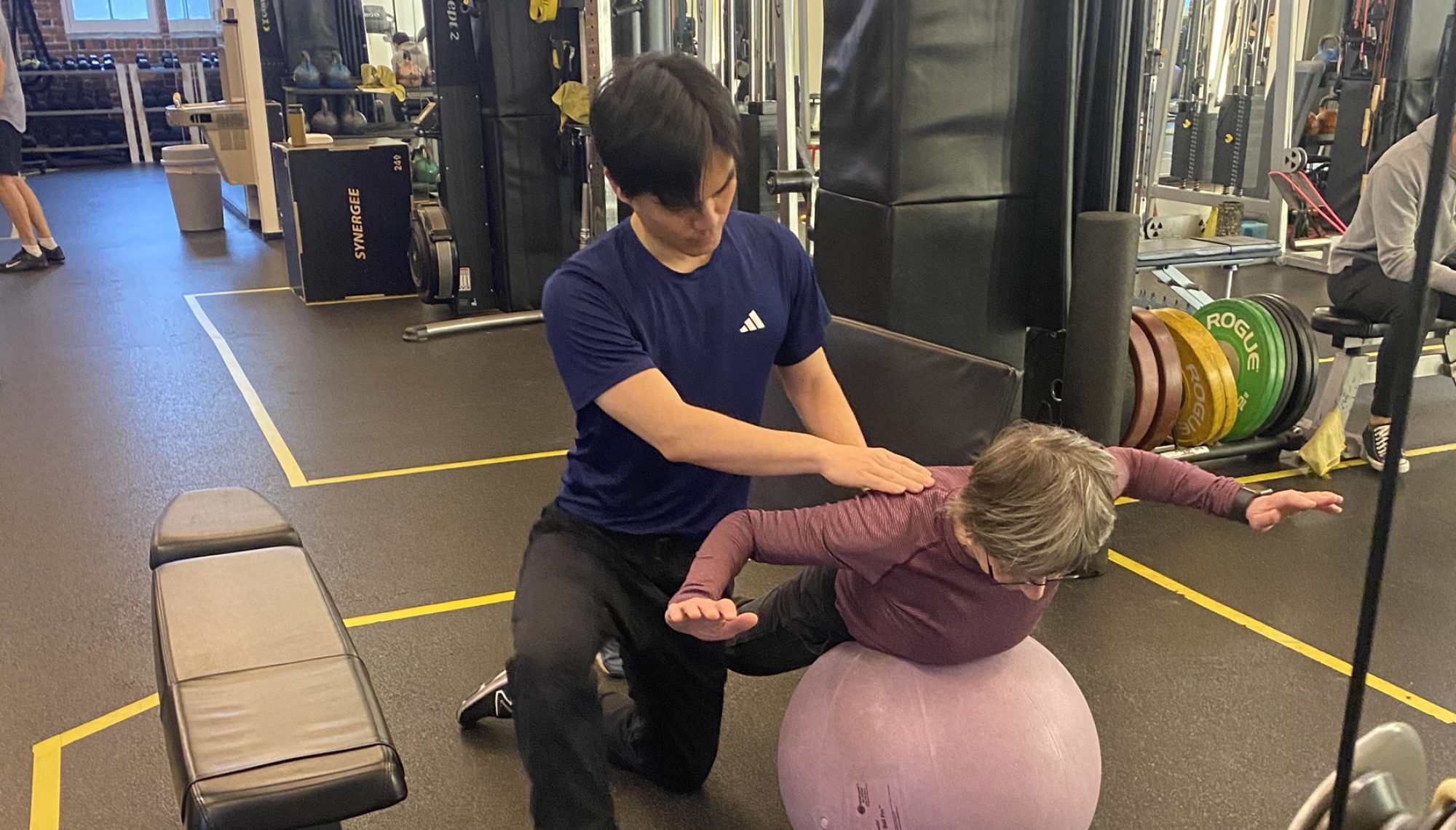Total knee replacement is a common procedure that helps alleviate pain and restore mobility for individuals suffering from advanced knee osteoarthritis or other degenerative joint conditions. However, the journey to full recovery extends beyond the surgery itself. Proper post-operative care, including targeted exercises, plays a vital role in ensuring a successful outcome. This article explores common injury causes, rehabilitation stages, and the importance of strengthening muscles post-therapy to ensure a smooth recovery.
Common Causes of Injury
Trauma:
Accidental falls or direct impact to the knee can lead to significant injuries, sometimes resulting in surgery or long-term issues.
Repetitive Strain Injuries:
Repeating the same movements, either in work or athletic settings, can lead to gradual wear and tear on the joints.
Poor Posture:
Prolonged poor posture can create imbalances in the joints and muscles, increasing the risk of injury.
Degeneration:
Osteoarthritis is a primary degenerative condition that affects the knee joint, characterized by cartilage breakdown, causing pain, stiffness, and limited mobility.
Pathophysiology and Risk Factors of Osteoarthritis
Osteoarthritis (OA) is marked by the gradual degradation of joint cartilage, leading to bone-on-bone contact within the knee. Contributing factors include excess body weight, muscle imbalances, repetitive stressors, and job-related physical demands. Symptoms often include morning stiffness, pain during weight-bearing activities, and difficulty performing actions such as squatting or walking.
Why Strengthening the Glutes and Hamstrings Is Crucial
Rather than focusing solely on quadriceps strength post-surgery, prioritizing the glutes and hamstrings is more beneficial for sustained recovery. These muscles provide critical support to the hip and knee joints, reducing stress on the knee itself. A balanced hamstring-to-quadriceps ratio of 3:2 minimizes injury risks and enhances stability.
Why Avoid Seated Leg Extensions?
Seated leg extensions don’t mimic natural movements and can place excessive stress on the knee joint, which may impede recovery.
Safe Exercises for Post-Therapy Program Design
Continued Stretching:
- Stretching tight quadriceps and hip flexors helps improve flexibility and mobility.
Functional Strengthening:
- Target the gluteus maximus, gluteus medius, gluteus minimus, and hamstrings with exercises such as:
- Horizontal leg press (targets glutes and hamstrings)
- Leg curls
- Seated abduction and adduction exercises
Exercises to Avoid After Total Knee Replacement
Certain exercises place excessive stress on the knee and should be avoided post-surgery. These include:
- Single Leg Step Downs
- Pistol Squats
- Deep Squats
- Seated Leg Extensions
- Plyometric Exercises (e.g., depth jumps)
Avoiding these exercises prevents unnecessary stress on the knee joint and supports a smoother recovery.
Conclusion
Recovering from a total knee replacement requires a strategic combination of rehabilitation and appropriate exercise selection. Focusing on strengthening the glutes and hamstrings, enhancing mobility, and avoiding high-impact exercises will support a full and successful recovery. A well-rounded post-therapy program that prioritizes functional movements and progressive strength building will help reduce the risk of re-injury and contribute to long-term joint health.
With the right approach and commitment to a structured exercise regimen, individuals can achieve lasting improvement in mobility, strength, and overall well-being after a total knee replacement.

